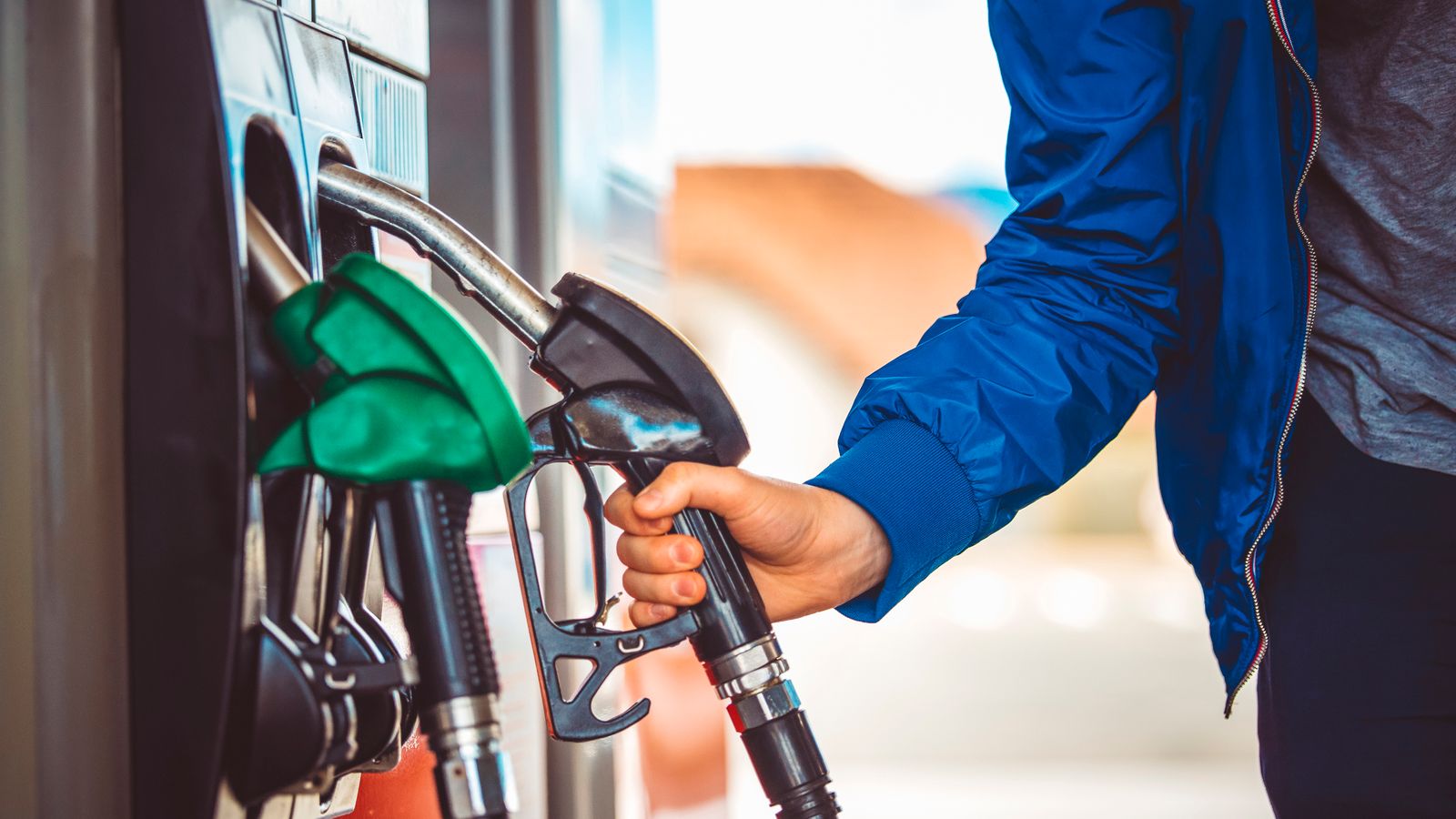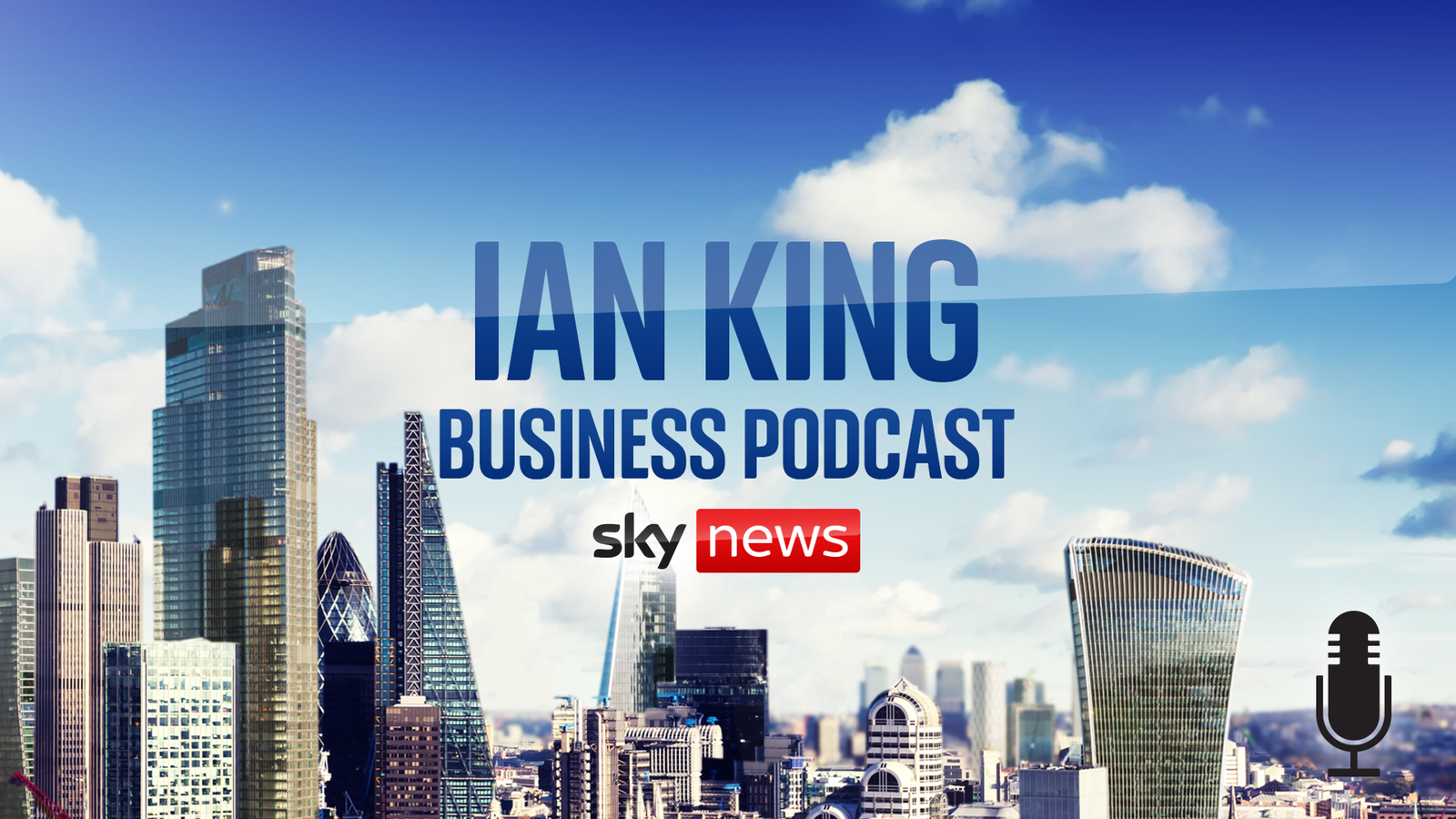High margins for fuel retailers may mean drivers are still paying over the odds at the pump, according to the competition regulator.
In a monitoring report, following its fuel market study of 2022, the Competition and Market Authority (CMA) said fuel margins – the difference between what retailers pay for their fuel and the price they sell it at – remained “concerning”.
The watchdog previously found that motorists were overcharged by £900m in 2022 due to supermarkets failing to pass on cuts from falling oil prices.
In its latest update covering the end of October last year to the end of February, the CMA noted shifts in prices that reflected the price of crude oil.
Money latest: Government urged to let some Britons retire earlier
Prices have been going up this year on the back of global factors including the conflict in the Middle East and, more recently, expectations of higher demand in China.
The regulator said that supermarket margins, which had stood at 4% in 2017, rose to 7.8% in 2023 from 7.6% the previous year – the time of its original investigation.
Thames Water boss refuses to rule out bill increases of up to 40% to secure company’s future
Farage turns fire on Travers Smith over debanking report
Money blog: Government urged to let some Britons retire earlier
Other retailers, it said, saw their margins hit 9.1% last year compared to 7.3% over 2022.
This was “not a good sign for drivers”, the CMA said, though it stopped short of openly declaring that they were being overcharged.
Please use Chrome browser for a more accessible video player
Lobby groups representing both the supermarkets and independent retailers, the British Retail Consortium (BRC) and Petrol Retailers Association (PRA) have consistently denied ripping drivers off.
Supermarkets, which have traditionally had the cheapest fuel, used to use petrol and diesel as a tool to lure shoppers to their stores.
But since the COVID pandemic, fuel margins rose as grocery chains invested in price cuts elsewhere due to rising costs for many basic foodstuffs going through the roof.
For its part, the PRA has pointed to data showing fuel cheaper at many of its members’ forecourts than at the supermarket – insisting that competition is strong.
The CMA said it remained convinced that overall competition had weakened in the road fuel retail market, despite the introduction of a voluntary price watch scheme to better inform drivers of local prices.
Dan Turnbull, senior director of markets at the CMA, said: “Drivers are feeling the pinch as fuel prices have been edging up since January.
“We’re particularly concerned by high margins which indicate weakened competition and are not a good sign for drivers.
Be the first to get Breaking News
Install the Sky News app for free
“Today’s report reinforces the need for Pumpwatch and statutory powers to be in place as soon as possible, to ensure competition is effective in this market and to get a better deal for UK drivers.”
RAC head of policy Simon Williams said: “We have long flagged the problem of some retailers inflating their margins on fuel, which has been to the severe detriment of drivers who are already having to cope with wider spiralling motoring-related costs.
“It’s extremely encouraging to see the Competition and Markets Authority keeping a close eye on this as it should make retailers think twice about upping their margins.
“We have recently provided our recommendations on what the fuel price monitoring function should track to best benefit drivers every time they fill up. We now need to ensure that this once-in-a-generation opportunity of guaranteeing fairer fuel prices isn’t missed.”











